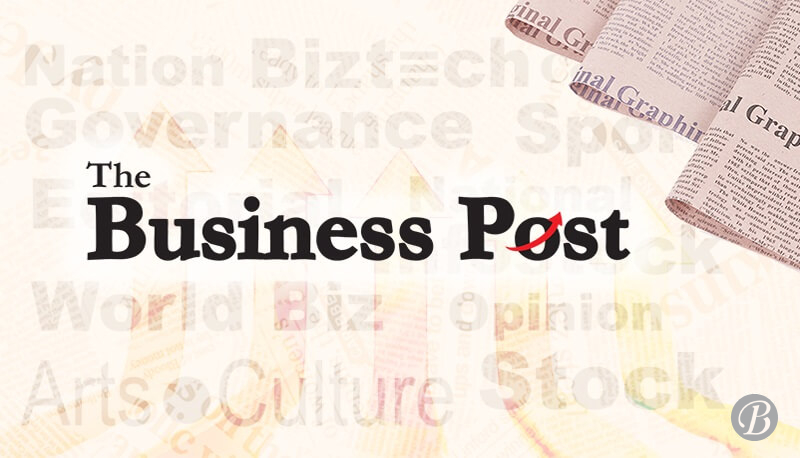Home ›› 18 Nov 2021 ›› World Biz

The nomad was thirsty, and the journey into the Somali desert would be long and taxing.
Turning to one of his beloved camels, Ali Abdi Elmi squeezed fresh milk into a wooden urn, and took a deep drink.
"I have five children, and we all depend on camel milk to survive," said Elmi, passing the pot to one of his sons, who took a swig of the rich brew.
For many Somalis, the camel is a gift from the gods: a source of milk and meat, a beast of burden in the desert and -- as climate change spurs extreme weather in the Horn of Africa -- insurance in times of crisis.
An animal of haughty and cantankerous repute, in Somalia the camel is celebrated in songs and folklore, a symbol of status and prosperity, and exchanged in marriages or to settle feuds.
In this overwhelmingly rural society of 15 million, the rearing of camels and other livestock underpins an economy devastated by war and natural disaster that ranks among the world's very poorest.
The livestock industry is the main contributor to economic growth in Somalia and in normal years accounts for 80 percent of exports, according to the Food and Agriculture Organization (FAO).
Camels are far outnumbered by sheep and goats, which wander Hargeisa in northern Somalia with their owner's phone numbers scrawled on their sides, should they get lost and need returning.
But at seven million beasts, there are more camels in Somalia than almost anywhere else, and they don't just confer respect on their owners -- they fetch much higher prices.
"We don't have crude oil in this country. Camels are our crude oil," said Abdi Rashid, a trader clad in aviator sunglasses and tan safari suit at Hargeisa's biggest livestock market.
Cultural icon
An impressive specimen can carry a $1,000 (860 euros) price tag, said Khosar Abdi Hussein, who oversees the market where camel milk is sold fresh and even camel urine -- believed to have health benefits -- is bottled.
A sale is made by locking hands under the checkered shawls carried by herders.
The number of knuckles tapped and fingers grasped determines the price -- a tradition to ensure negotiations are kept private.